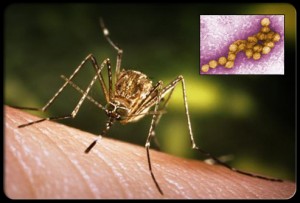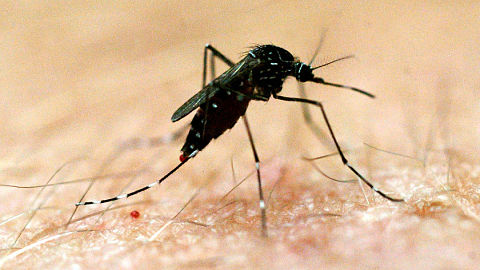Costa Rica News – If you are thinking of travelling to Costa Rica or if you are living in Costa Rica you are probably aware of the dengue epidemic that ha hit the country. Although it is fairly easy to prevent this by using mosquito repellent or making sure your screens are intact, it is something to have in the back of your mind.
 It took only eight months and three weeks in 2013 to break the record for the most dengue cases since data on the disease began being kept 2 decades ago.
It took only eight months and three weeks in 2013 to break the record for the most dengue cases since data on the disease began being kept 2 decades ago.
The third week of September closed with 38,497 cases reported for the year. This is 699 more than the 37,798 reported in all of 2005, a year that held the record. The problem of this epidemic has been known for months.
Specialists from the Ministry of Health and Social Security Fund (CCSS) warned that the number of dengue cases was abnormal since around February. The year had barely begun the number of cases had already exceeded those seen in the second quarter of a normal year, when the rains increase the number of cases.
The encouraging news is that each week fewer have been reported sick with dengue, and the authorities estimate that number will continue to fall.
In addition, there have only been 111 patients with severe dengue (0.3%) and Costa Rica has some of the fewest deaths from the virus in Central America: there have been no official deaths and only six deaths that are under investigation.
Signs and symptoms of dengue fever most commonly include:
- Fever, up to 106 F (41 C)
- Headaches
- Muscle, bone and joint pain
- Pain behind your eyes
What is the treatment for dengue fever?
Because dengue fever is caused by a virus, there is no specific medicine or antibiotic to treat it. For typical dengue, the treatment is purely concerned with relief of the symptoms. Rest and fluid intake for adequate hydration is important.

